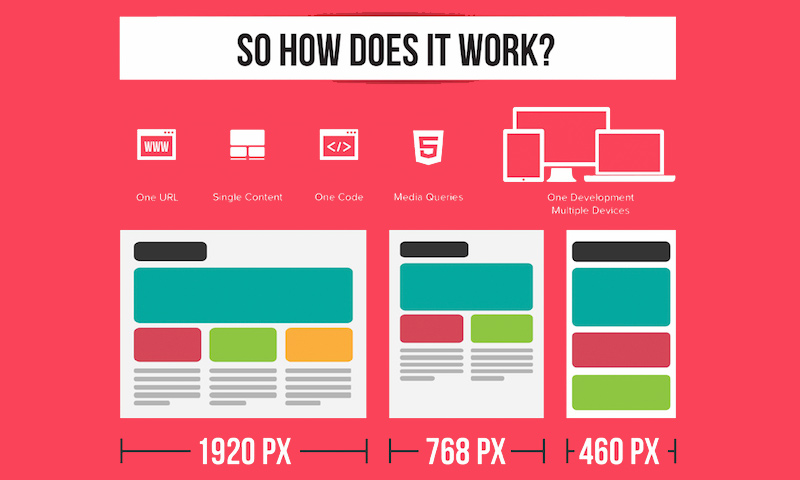Fascinated In Discovering Exactly How Site Layout Has Evolved For Many Years? Discover The Trip From Straightforward Layouts To User-Centered Techniques
Fascinated In Discovering Exactly How Site Layout Has Evolved For Many Years? Discover The Trip From Straightforward Layouts To User-Centered Techniques
Blog Article
Personnel Author-Thorsen Dalby
In the past, websites were basic and focused on details. Navigation was straight, and layout was for desktops. Now, customer experience is essential. Information overviews designs for simple navigation. Responsive layouts fit different tools. Today, dark setting decreases stress, and minimalist food selections enhance navigating. Interactive functions involve individuals, and bold visuals stand out. AI combination boosts engagement. See exactly how design has evolved to boost your on the internet trip.
Early Days of Website Design
In the very early days of web design, simpleness preponderated. https://www.entrepreneur.com/article/422521 were fundamental, with restricted colors, font styles, and designs. The emphasis was on offering details as opposed to fancy visuals. Customers accessed the internet with slow dial-up links, so speed and capability were essential.
Navigation food selections were straightforward, normally situated on top or side of the web page. Web sites were made for desktop computers, as mobile browsing wasn't yet widespread. Material was king, and designers prioritized easy readability over complex layout elements.
https://www.marketingprofs.com/event/46957/the-surprising-secret-to-digital-marketing-success-in-2022-phone-conversations was the main coding language made use of, and designers needed to work within its restraints. Computer animations and interactive attributes were very little compared to today's standards. Internet sites were fixed, with little dynamic material or tailored user experiences.
Surge of User-Focused Style
With the evolution of site style, a shift in the direction of user-focused layout concepts has come to be progressively prominent. Today, creating sites that prioritize customer experience is important for engaging site visitors and accomplishing service objectives. User-focused layout involves understanding the needs, preferences, and behaviors of your target audience to customize the web site's format, material, and includes as necessary.
Designers currently conduct detailed research study, such as user studies and usability testing, to gather understandings and feedback directly from individuals. This data-driven strategy aids in creating user-friendly navigating, clear calls-to-action, and aesthetically enticing user interfaces that reverberate with visitors. By positioning the user at the facility of the style procedure, internet sites can provide a more tailored and enjoyable experience.
Responsive style has additionally become a crucial aspect of user-focused style, making certain that internet sites are enhanced for numerous tools and display dimensions. This adaptability enhances availability and functionality, accommodating the diverse ways users communicate with web sites today. Basically, the rise of user-focused style indicates a shift towards creating digital experiences that prioritize the needs and expectations of the end user.
Modern Trends in Web Design
Check out the latest trends forming website design today. One prominent trend is dark setting layout, supplying a streamlined and contemporary look while decreasing eye stress in low-light environments. Another key trend is minimal navigation, simplifying menus and improving user experience by concentrating on essential elements. Incorporating micro-interactions, such as computer animated switches or scrolling effects, can create an extra appealing and interactive website. Receptive layout stays vital, ensuring seamless customer experiences throughout numerous devices. Additionally, making use of strong typography and asymmetrical layouts can include visual rate of interest and accentuate certain material.
Incorporating AI technology, like chatbots for consumer support or individualized suggestions, improves individual engagement and streamlines procedures. Ease of access has additionally come to be a substantial pattern, with developers prioritizing inclusive style techniques to accommodate varied user requirements. Welcoming sustainability by enhancing website efficiency for rate and efficiency is an additional arising trend in website design. Working together with individual comments and information analytics to repeat and improve style continuously is important for staying pertinent in the ever-evolving digital landscape. By accepting these modern-day fads, you can create a visually attractive, user-friendly site that resonates with your audience.
Conclusion
As you reflect on the development of internet site style from the early days to now, you can see how user-focused design has ended up being the driving pressure behind modern trends.
Accept the journey of change and adaptation in website design, constantly maintaining the customer experience at the forefront.
Tippingpointdigital
Stay present with the latest patterns and technologies, and never stop evolving your strategy to produce visually sensational and user-friendly sites.
Progress, adjust, and create - the future of website design is in your hands.
